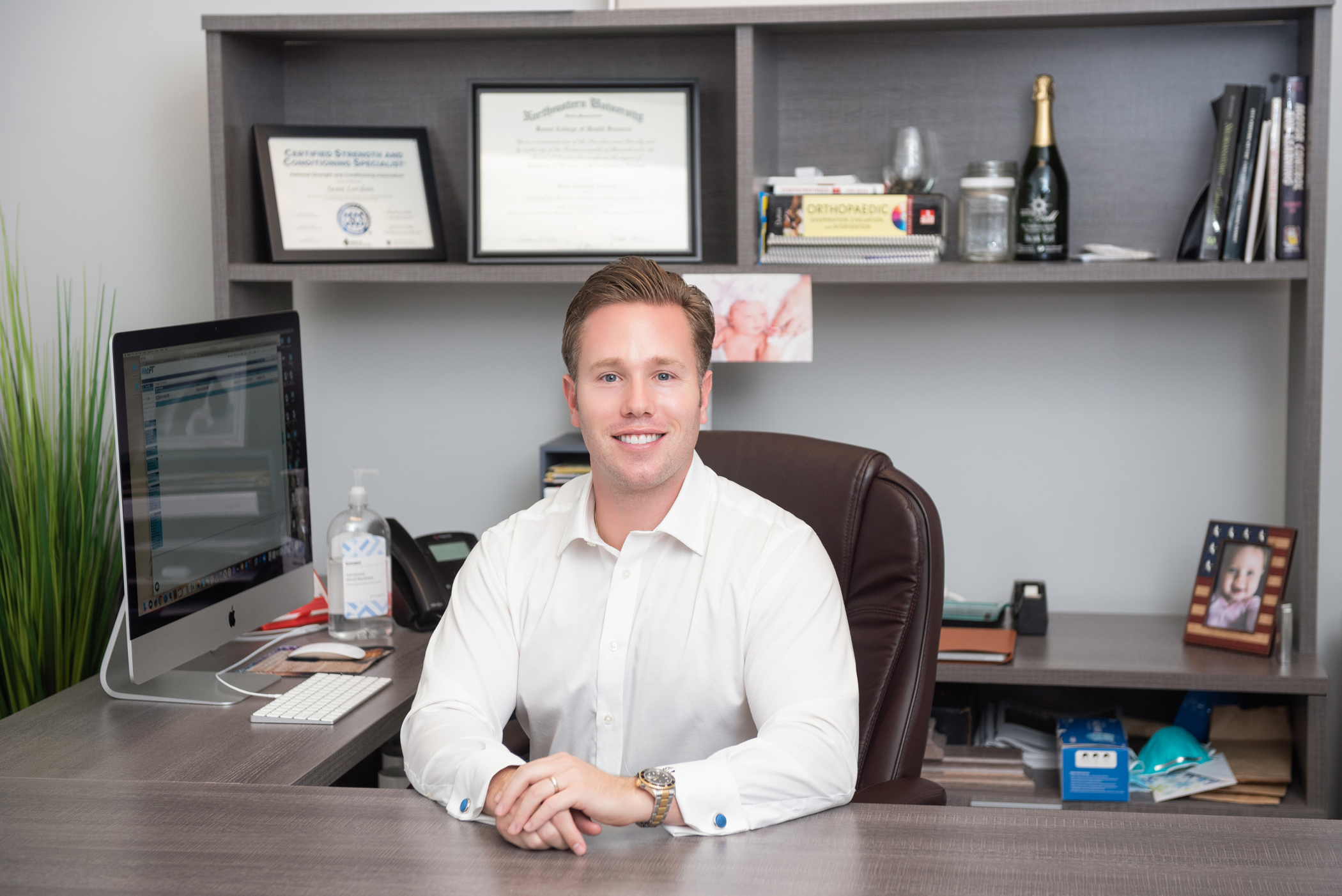Three tips to fix your achy shoulders from a Physical Therapist:
I am frequently approached by patients at my physical therapy clinic in Sutton because of painful overhead reaching. Patients want to know how to fix it! Shoulder impingements, and labral and rotator cuff tears are very common. Shoulder aches and pains can happen to anyone, at anytime, but specifically occurs more often in the later stages of life for those 50 and over. In fact, a study reported that 51% to 54% of people between 60 to 80 years old have a rotator cuff tear. The incidence of shoulder pain later in life is higher because your small rotator cuff muscles get less blood flow as you age. Less blood flow to the rotator cuff tissue in combination with fatty infiltrate of the muscle tissue and age-related sarcopenia (muscle wasting) is a recipe for disaster. You probably won’t take action until you either realize that you can’t pick anything up off the top shelf anymore, or the shoulder starts to hurt constantly. So what can you do today to mitigate your risk from dealing with achy shoulders for the rest of your life or fix your already achy shoulders?
Tip No. 1: Get a proper diagnosis
Shoulder pain could be coming from a variety of sources: radiculopathy from the neck and spine, adhesive capsulitis (frozen shoulder), ligament/ tendon tears, impingement, labral tears or potentially something more sinister like a tumor or fracture. It is best to consult with a physical therapist or your primary care physician if you are experiencing constant pain that is unrelenting and unmitigated by non-steroidal anti-inflammatories (NSAIDS) or Tylenol. The course of treatment will typically begin with a few sessions of physical therapy and potentially a cortisone shot if it is nothing serious. More serious conditions may require surgery, but a consult with a physical therapist is always a good place to start.
Tip No. 2: Exercise external rotators of the shoulder
In order to improve your shoulder symptoms, understand that, like any other muscle, your shoulder needs consistent resistance training to stay healthy. Resistance training for the shoulders is of particular importance because often the directions that we move our shoulders in our everyday routines are limited by poor posture and bad habits. The external rotators of your shoulder act to counter the poor postural forces placed on us during life’s everyday stress.
You must first correct your posture if you have any chance of eliminating or preventing shoulder pain. You should be seen by a movement specialist if your pain has been going on for longer than two to three weeks. However, if you are comfortable moving forward and trying a few of these exercises, then so be it. They will help you if your shoulder pathology is not too advanced. If you have pain that is intermittent and low on the pain scale (one to five out of 10), I suggest you try some exercises including external rotation of the bilateral shoulder using a band while standing; external rotation of the shoulder while side-lying; and the prone Y exercise.
Tip No. 3: Beware of your posture
If you’ve been spending hours slumped over your computer working from home or on long car rides recently, your posture is surely affected. Your head can weigh an extra 12 to 18 pounds for every inch it lies forward compared to the line of gravity. That’s a lot of extra work for the muscles in the back of your neck to keep up! My advice is to stay on top of your posture and potentially look into a tech option like the “Upright Go 2” device to give you daily feedback via your smartphone. The convenient device is placed on the back of your neck and buzzes every time you slouch.
In conclusion, try these few tips to get off to the right start for winter and football season. As always if you have questions or concerns, please click here to contact us!!


